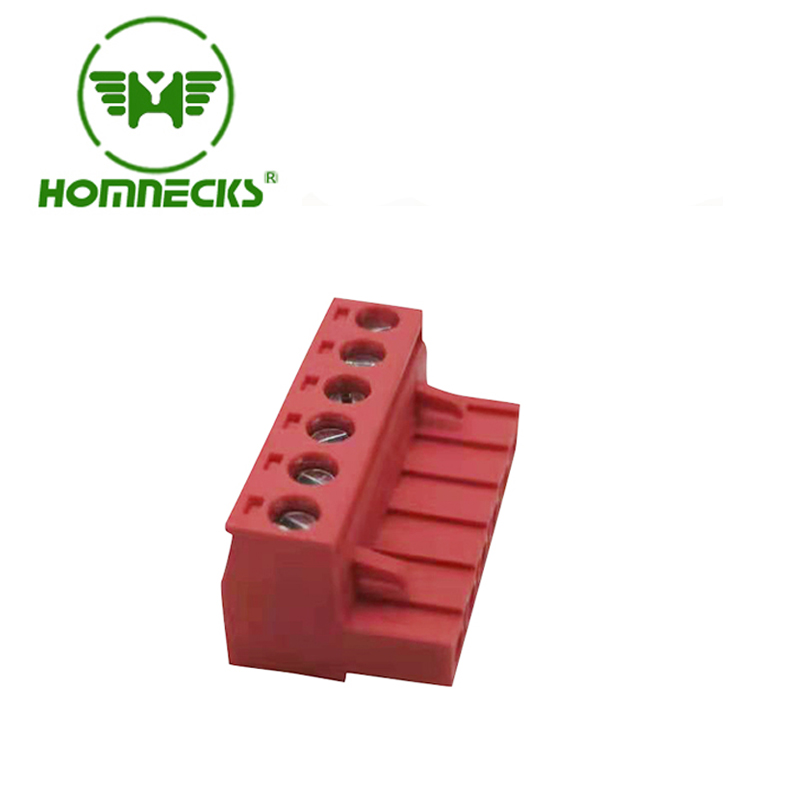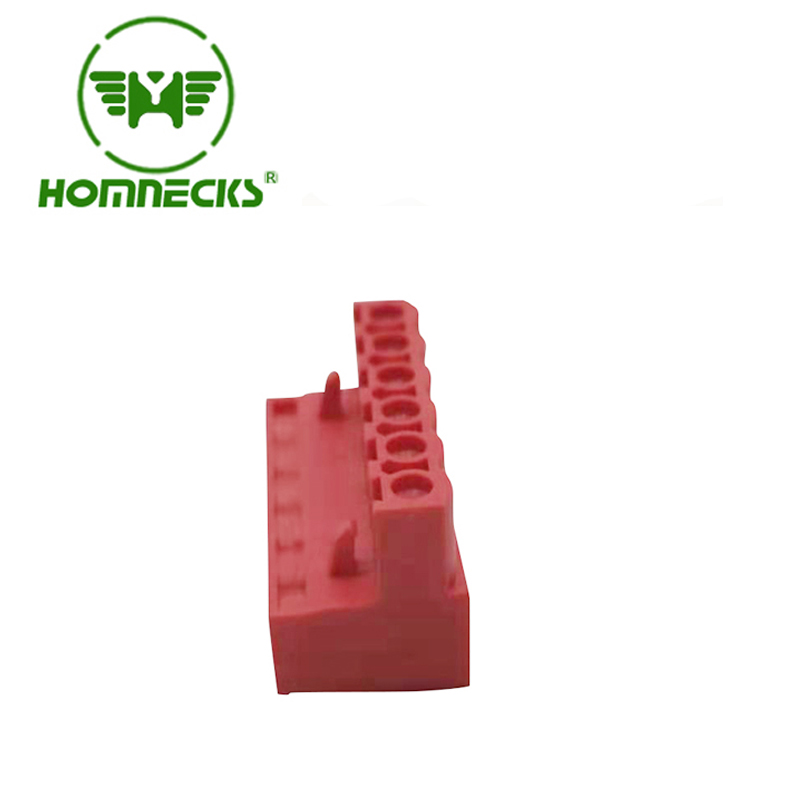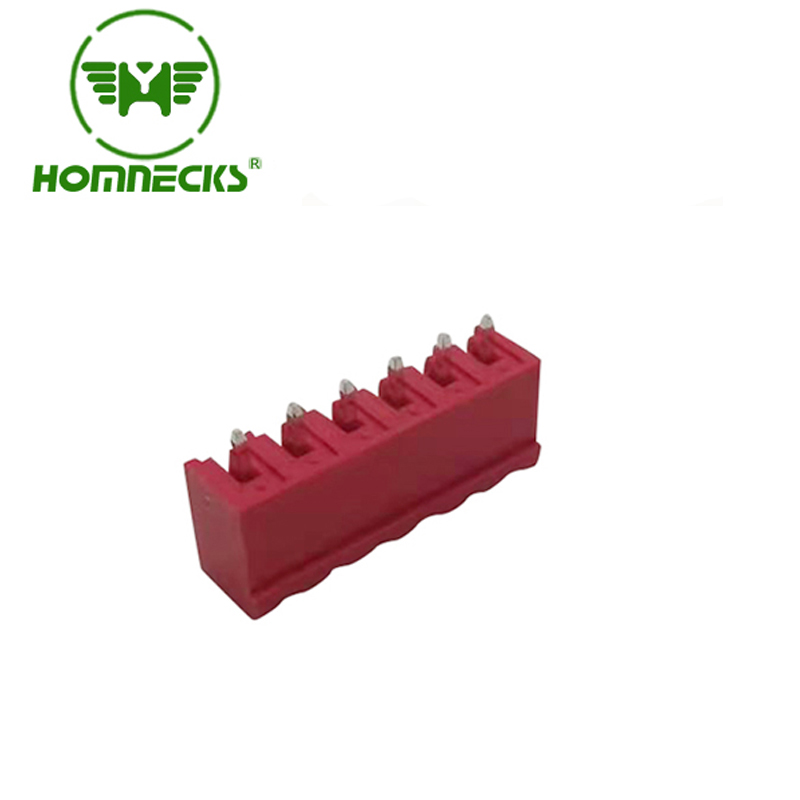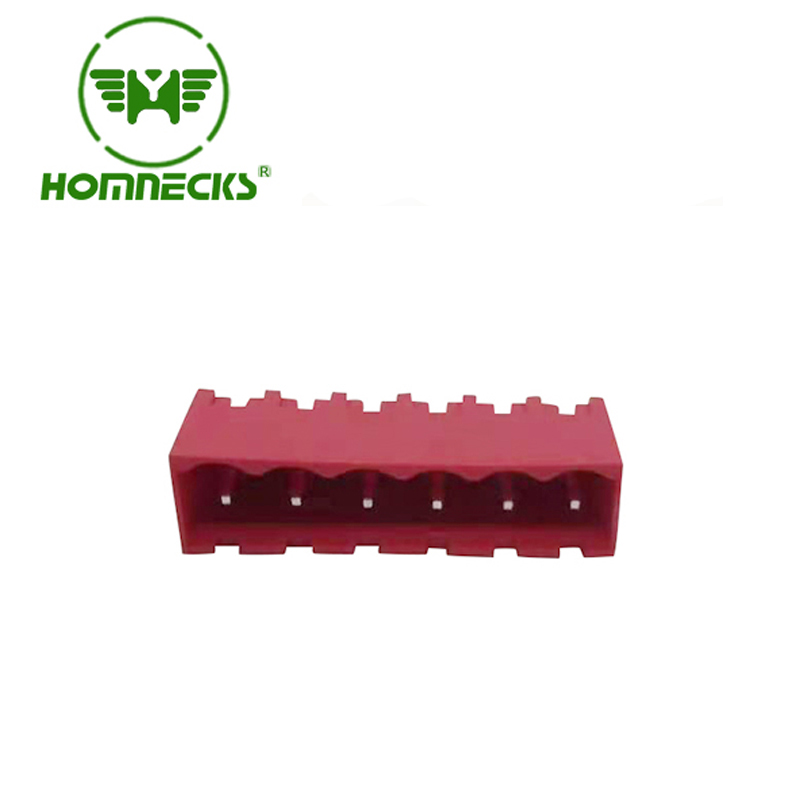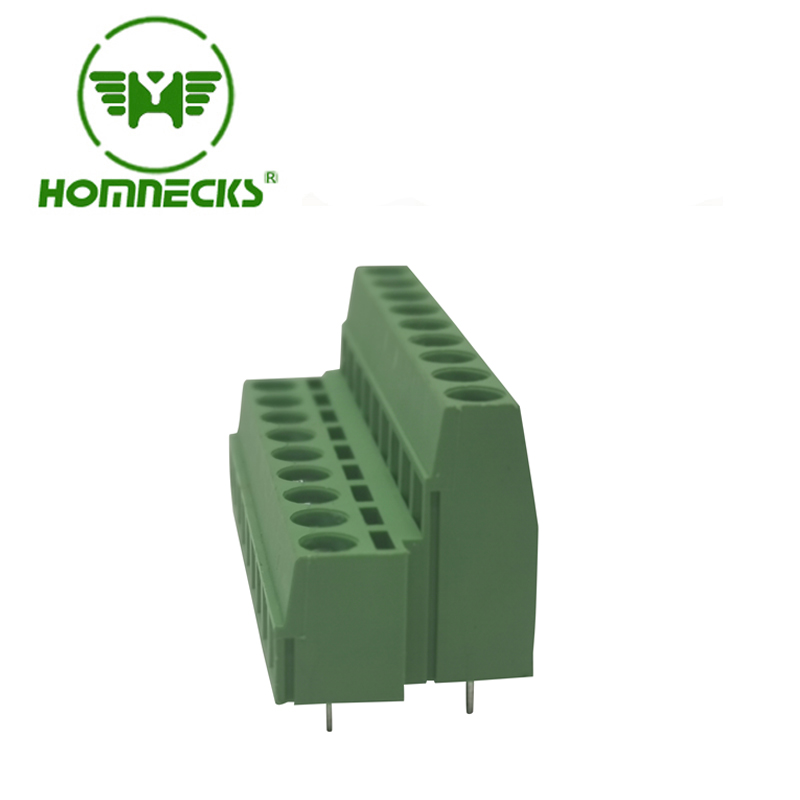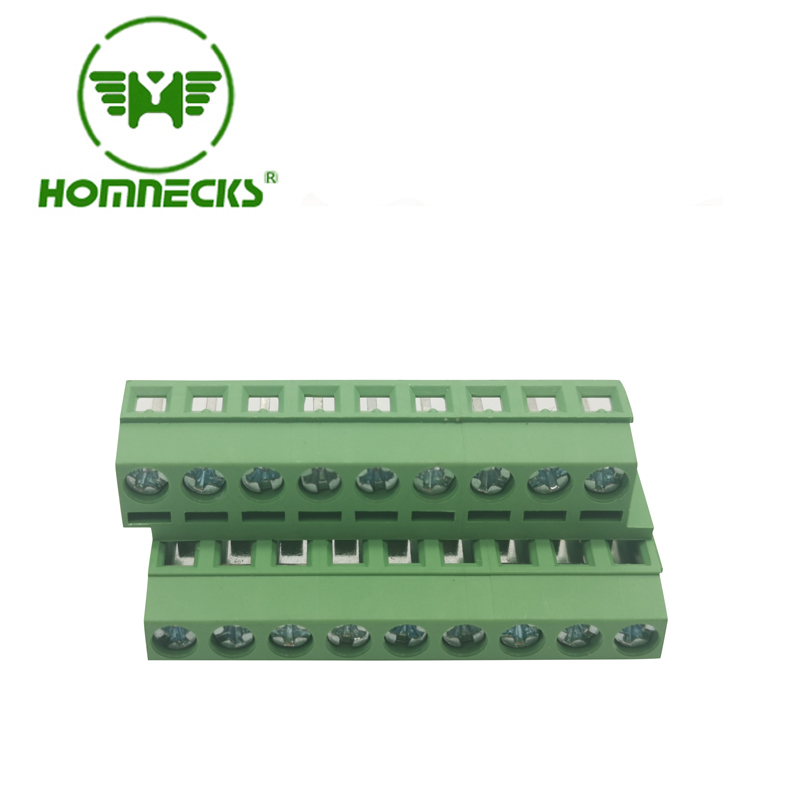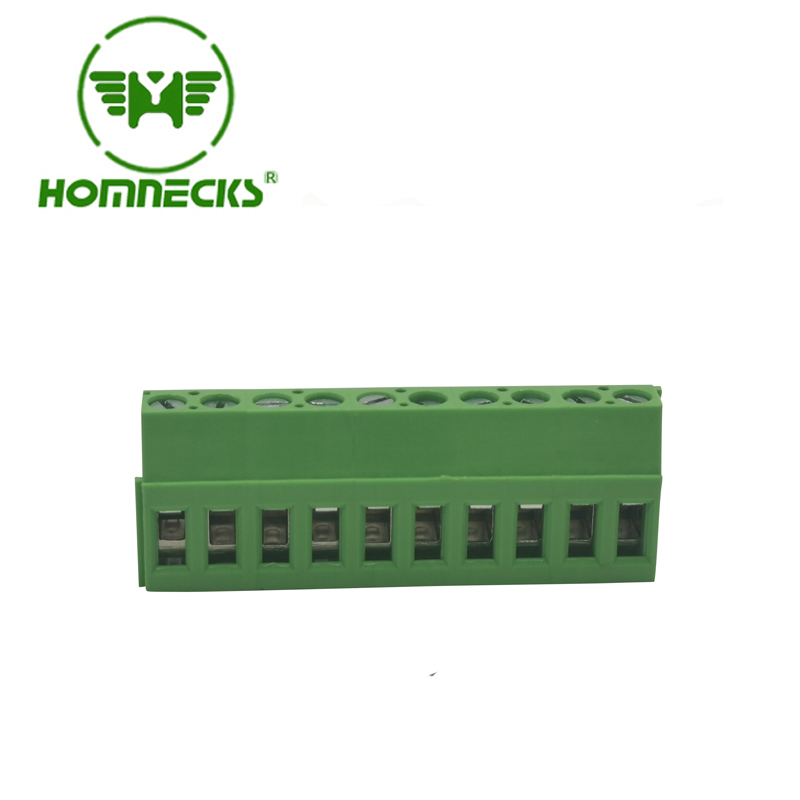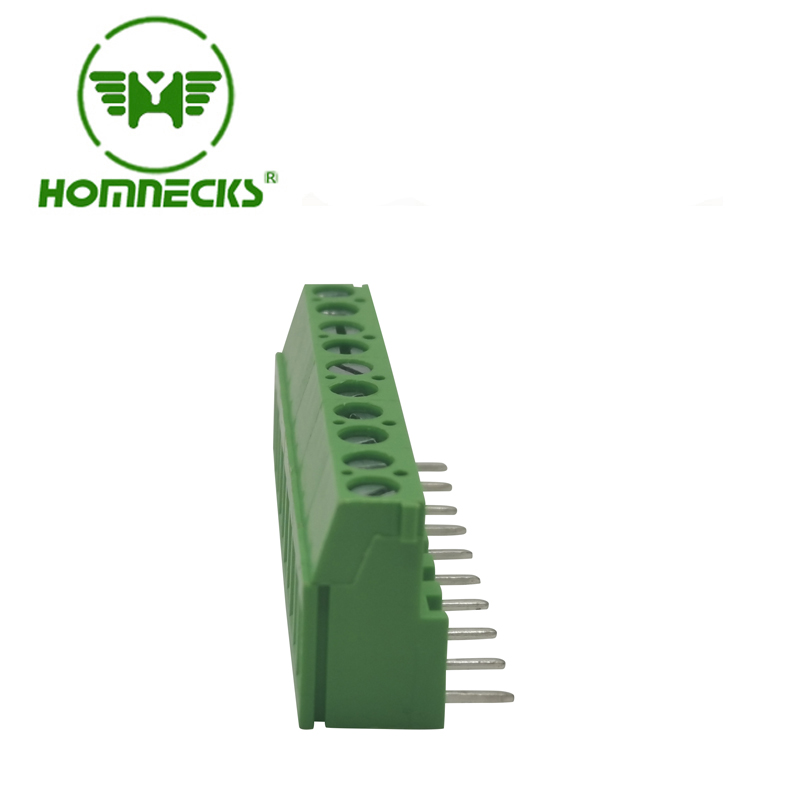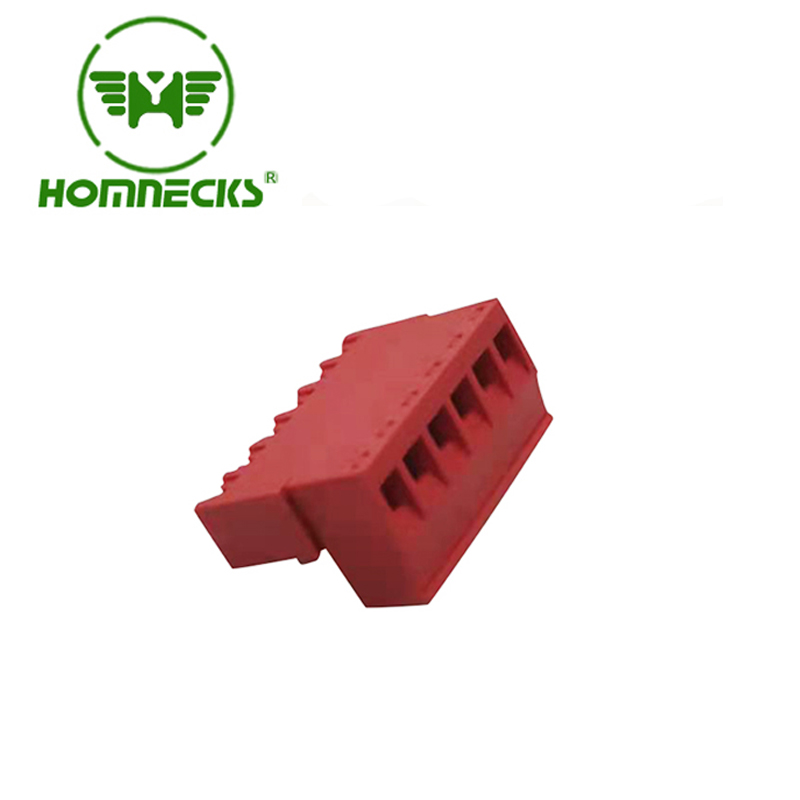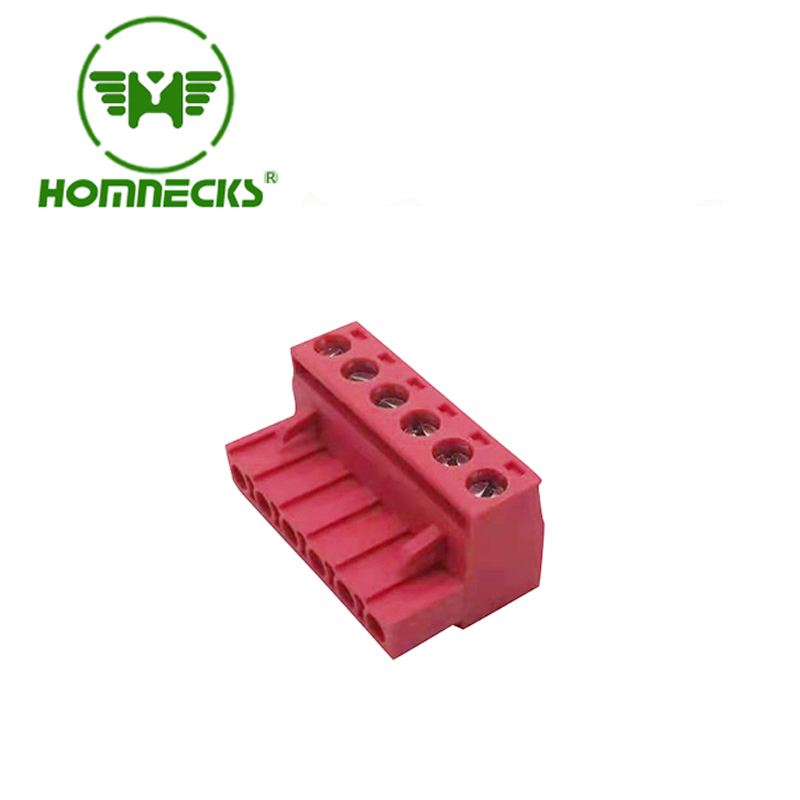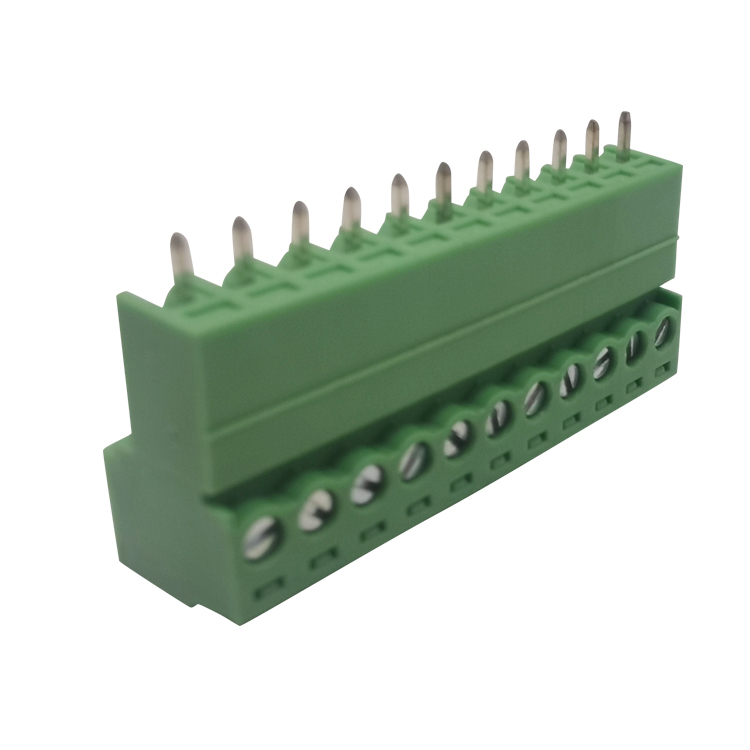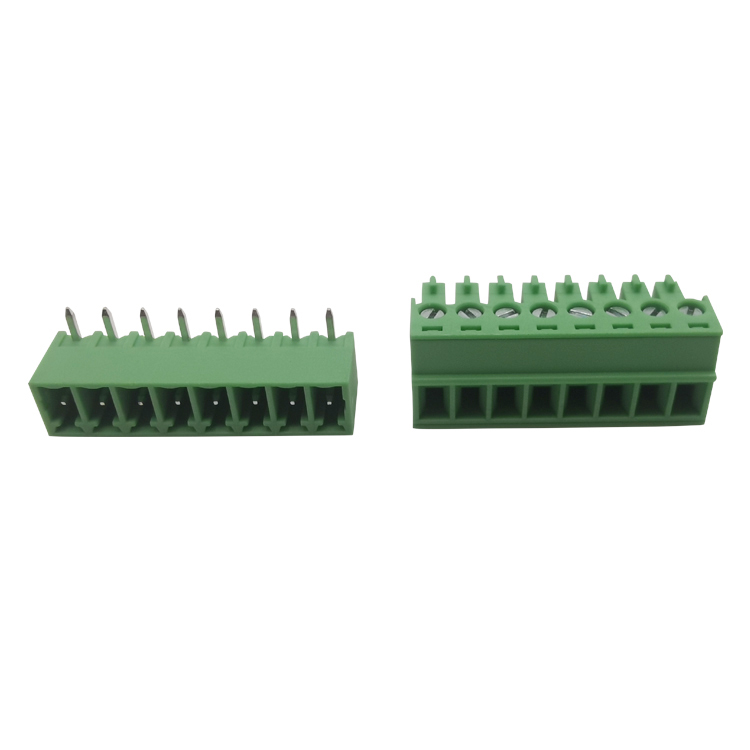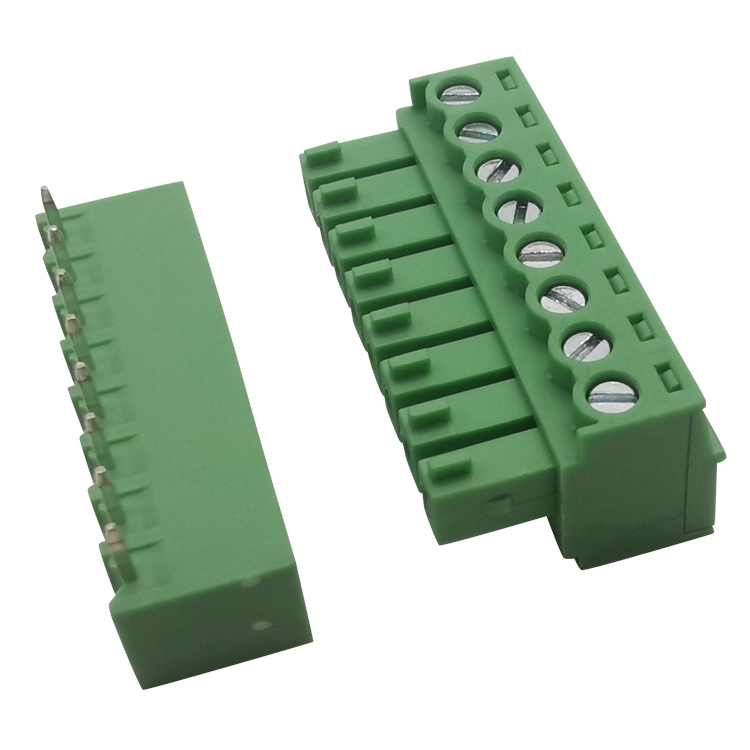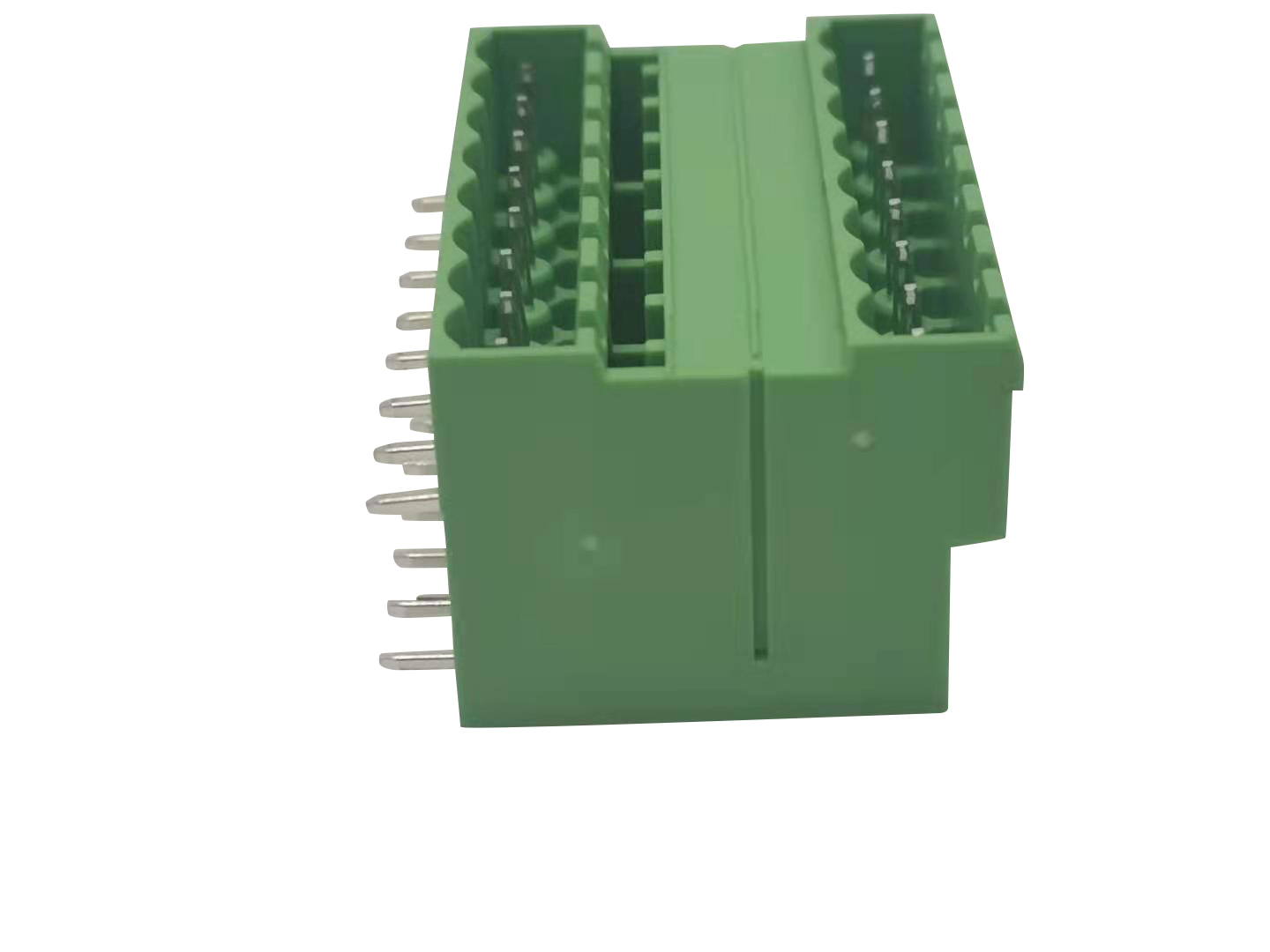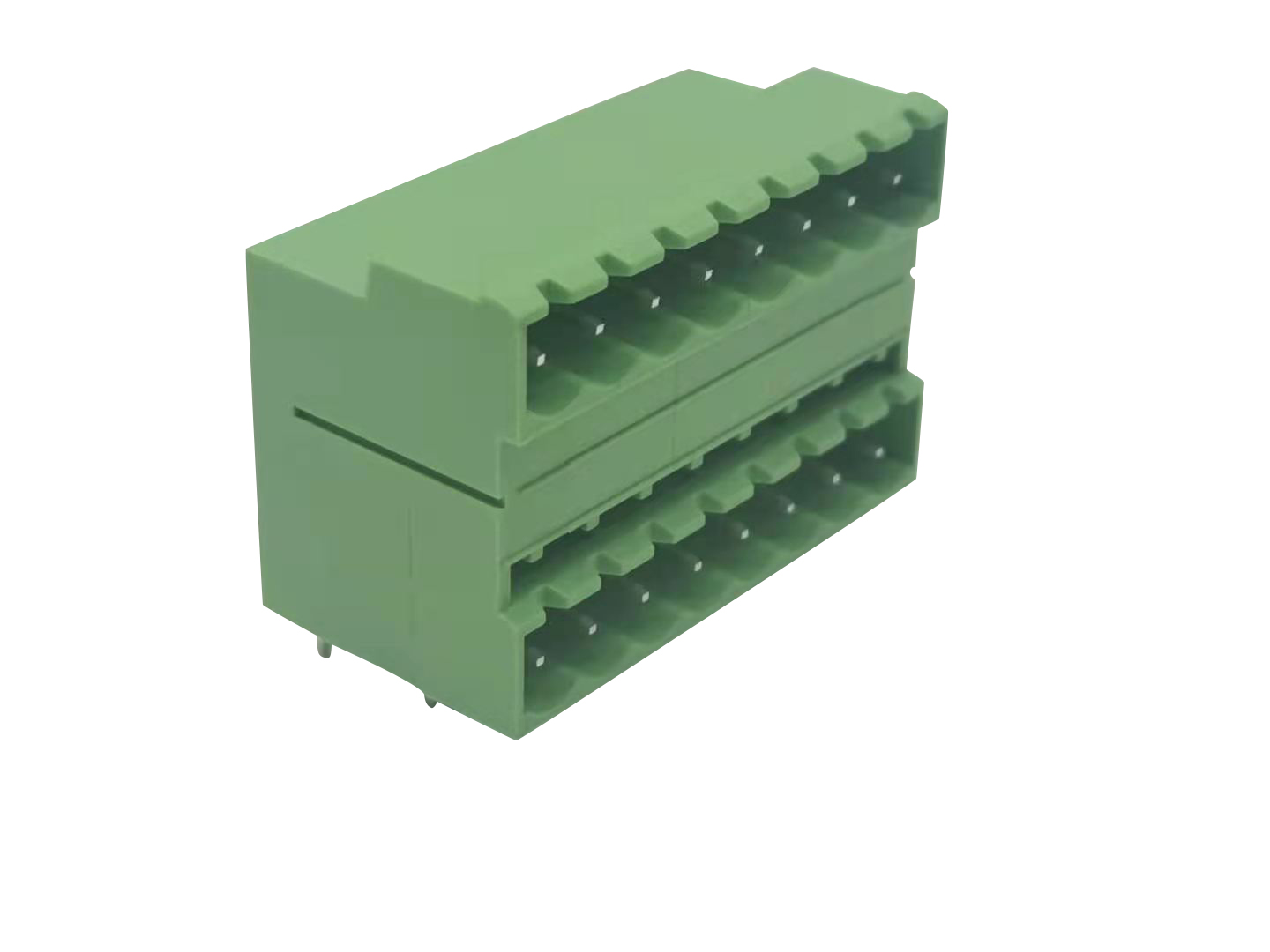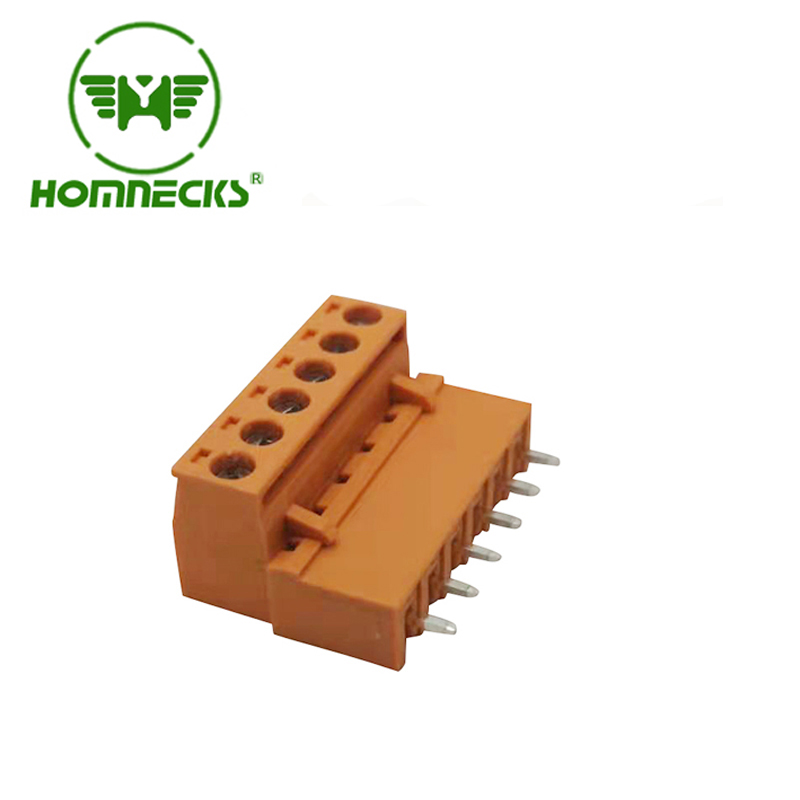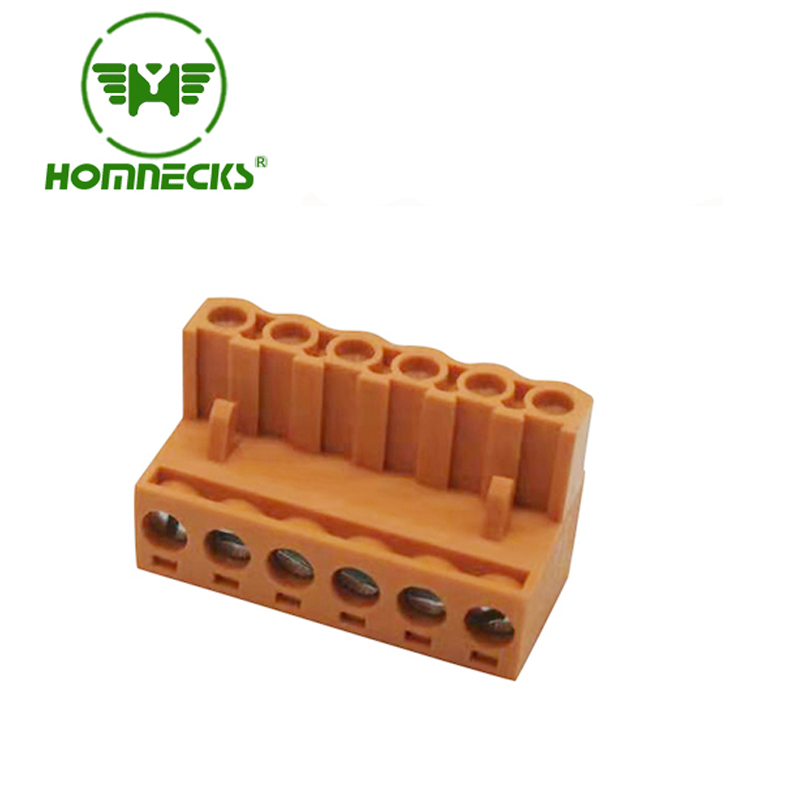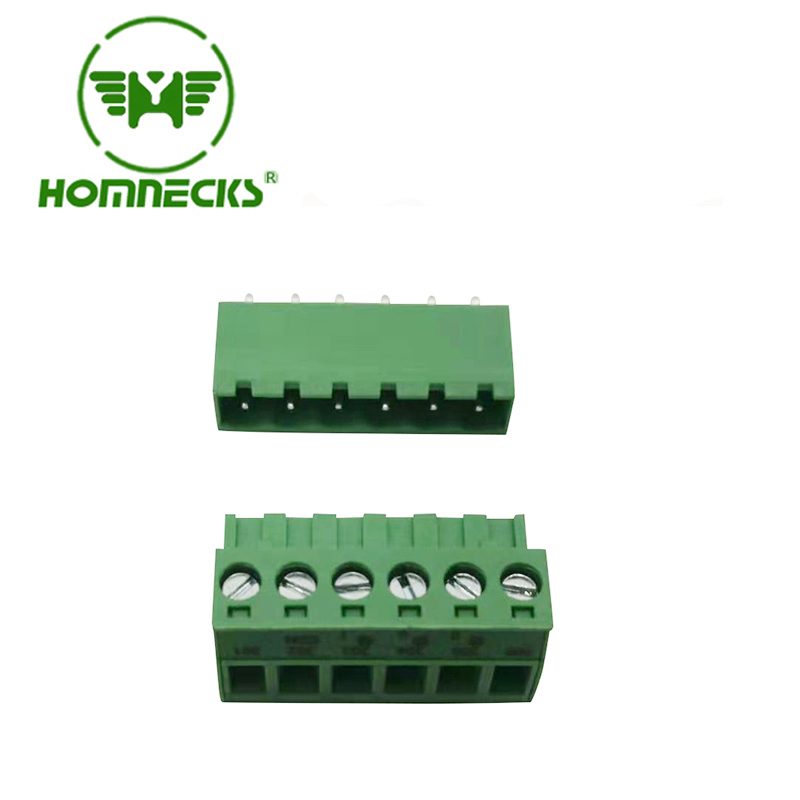
Robots have become an integral part of various industries, revolutionizing manufacturing processes and increasing efficiency. Behind the scenes, sophisticated robot control systems ensure smooth operation and accurate execution of tasks. One crucial component in these systems is the pluggable terminal block, which plays a vital role in providing reliable connections. In this article, we will explore the applications of pluggable terminal blocks in robot controllers.
Terminal blocks are a fundamental part of any electrical system, including robot controllers. Specifically, the 3-pole terminal block offers a versatile solution for connecting multiple devices within the control panel. Its design allows for the effortless connection of wires, enabling secure and efficient power distribution. By utilizing 3-pole terminal blocks in robot controllers, engineers can streamline wiring and optimize the overall control system.
Screw type terminal blocks are widely used in robot control systems due to their robust and reliable nature. These blocks feature a screw mechanism, ensuring a strong connection between wires and terminals. This mechanism also enables easy installation and maintenance, reducing downtime. The availability of various sizes and configurations of screw type terminal blocks makes them suitable for diverse robot controller applications, offering flexibility and adaptability.
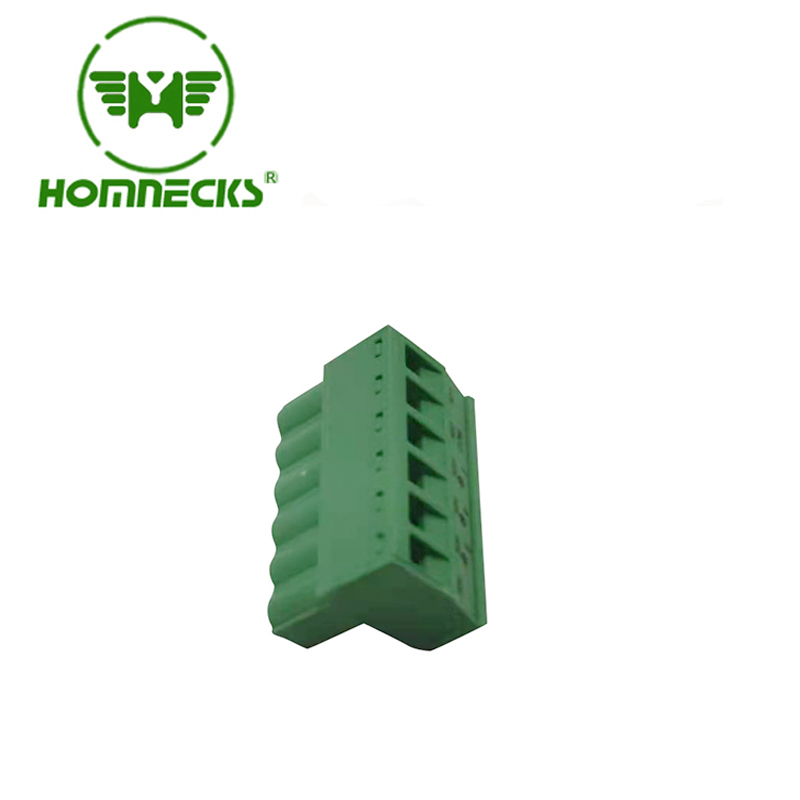
In complex robot control systems, the need for modular and expandable solutions is paramount. This is where screw terminal block connectors come into play. These connectors provide an additional layer of flexibility by allowing quick and secure connections between different modules or subsystems. By utilizing screw terminal block connectors, engineers can easily integrate or replace components, simplifying maintenance and reducing system downtime.
Printed Circuit Boards (PCBs) are an integral part of robot control systems, serving as the nerve center for signal and power distribution. PCB terminal blocks offer a reliable and space-efficient solution for connecting wires to PCBs. These terminal blocks feature a compact design, allowing for high-density PCB layouts without compromising on functionality. The ease of installation and secure connections provided by PCB terminal blocks make them a preferred choice in robot controller design.
When it comes to PCB connections in robot controllers, PCB terminal connectors play a crucial role. These connectors allow for the quick and secure connection of wires to the PCB, facilitating efficient signal transmission and power distribution. With their compact design and reliable performance, PCB terminal connectors ensure the stability and integrity of the robot control system, enabling precise and error-free operation.
In addition to traditional PCB terminal blocks, PCB pin terminals offer a unique solution for specific robot controller applications. These terminals feature a pin design that directly interfaces with PCBs, eliminating the need for additional terminal blocks or connectors. PCB pin terminals provide a secure and space-saving connection solution, making them ideal for compact robot control systems where minimizing size and weight is crucial.
In conclusion, pluggable terminal blocks are essential components in robot control systems, providing reliable and efficient connections. The 3-pole terminal block, screw type terminal blocks, screw terminal block connectors, PCB terminal blocks, PCB terminal connectors, and PCB pin terminals all play vital roles in ensuring seamless operation and flexibility within the control panel. When it comes to these products' manufacturers, HONG YI-HOMNECKS+PCB TERMINAL BLOCK stands out for its exceptional product quality, durability, and extensive range of offerings. Moreover, the company's commitment to excellent customer service and technical support makes HONG YI-HOMNECKS the ideal choice for seamless integration of terminal block solutions into robot control systems.
